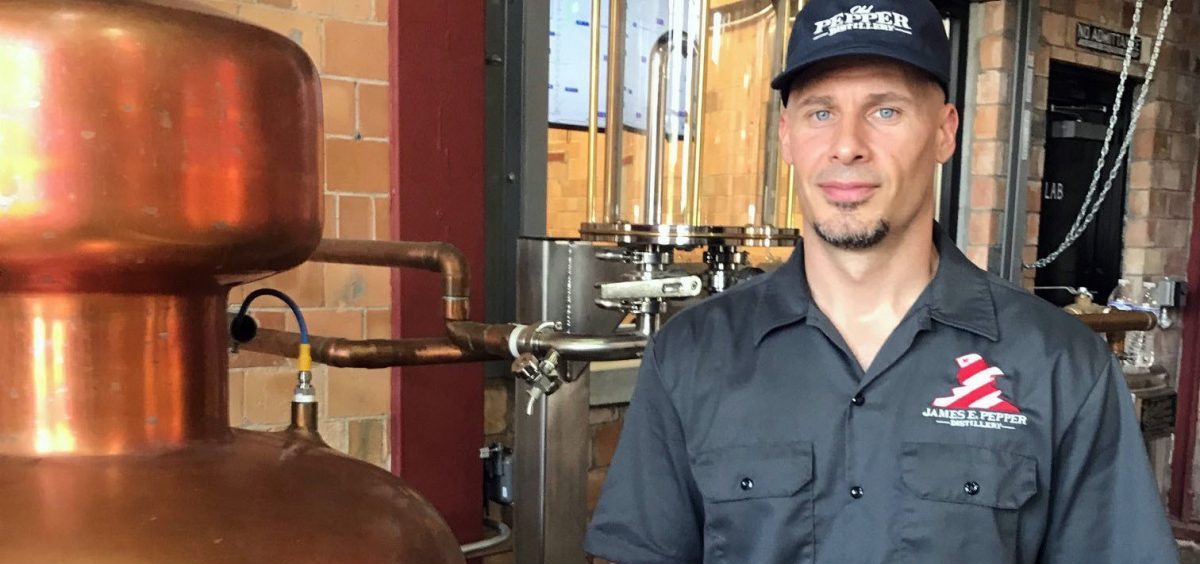News

Caught In Tariff War, U.S. Distillers Fear Losing Out On Global Whiskey Boom
By: John Ydstie | NPR
Posted on:
U.S. whiskey distillers are fretting over the steep new tariffs they’re facing around the world. They’re being punished as U.S. trading partners retaliate against the Trump administration’s tariffs on steel and aluminum. Now, the distillers fear that a long boom in U.S. whiskey exports could be coming to an end.
Kentucky bourbon has experienced a huge revival over the past decade — thanks in large part to U.S. trade initiatives that have opened up global markets, says Eric Gregory of the Kentucky Distillers’ Association.
“The free-trade agreements and the lowering of tariffs that we’ve received in the past generation have really put bourbon on an equal playing field with our friends in Scotch and Canadian whisky, and other whiskies around the world,” he says.
But now, the open trade environment that produced that boom — and about $1 billion in annual export revenues — is threatened. Gregory worries that there are no winners in a trade war, only casualties and unintended consequences. “And that’s where we feel we are. We’re the victims in a fight that we didn’t pick,” he says.
Amir Peay is one of the potential victims. He just opened a new distillery with a historical theme. He bought and refurbished a building in Lexington that housed the distillery that produced James E. Pepper 1776 — once among the most popular whiskey brands in America, with roots that go back to the American Revolution.
Revitalizing this brand and distillery is a 10-year project that Peay funded with his own life savings. He is already producing nearly 30,000 cases of whiskey a year, using his distillery and excess capacity at other distilleries. About 10 percent of Peay’s revenues come from exports.
“We had been eyeballing Europe as the most logical place to invest and to grow and expand the brand,” he says.
In fact, he hired a person to manage the expansion and has designed new bottles and labels. But new European tariffs, along with those in Canada and Mexico, could sabotage his growth strategy.
“I just had a meeting this morning with our Canadian importers, who were here at the distillery, and we’re all just scratching our heads, because who in their right mind a few years ago would have envisioned us in a trade war with Canada and the European Union, our closest allies and partners,” Peay says.
He estimates that the 25 percent EU tariff will force him to raise the shelf price of his 1776 whiskey from 35 euros to 45 euros (from about $41 to $52). He fears European customers will look for something else to drink.
“I think it will have a big negative impact. You know, we’re creating a lot of jobs, we’re hiring a lot of people and when your growth is being stifled that is very problematic,” he says.
Peay says what worries him most is that over the past 10 years, the big whiskey distillers in the U.S. have been doubling and tripling capacity in response to the global whiskey boom. “The huge increases in production were really intended to fill the anticipated global demand in Europe, in China, in India and elsewhere,” he says.
Whiskey needs to be aged — three to 10 or more years — so those companies have already produced much of the whiskey they think Europeans and Asians will consume in the next several years. But if those forecasts don’t pan out because of a trade war, what do those companies do with all that excess whiskey? Peay says they would likely try to sell it in America.
“So then what? Do we now have a flooded market where there’s too much whiskey, brutal price competition, distilleries get shut down? There are unintended consequences and what might seem trivial or not as bad early on could snowball into something much worse. And at that point, it’s kind of hard to turn it back,” he says.
9(MDI4ODU1ODA1MDE0ODA3MTMyMDY2MTJiNQ000))

